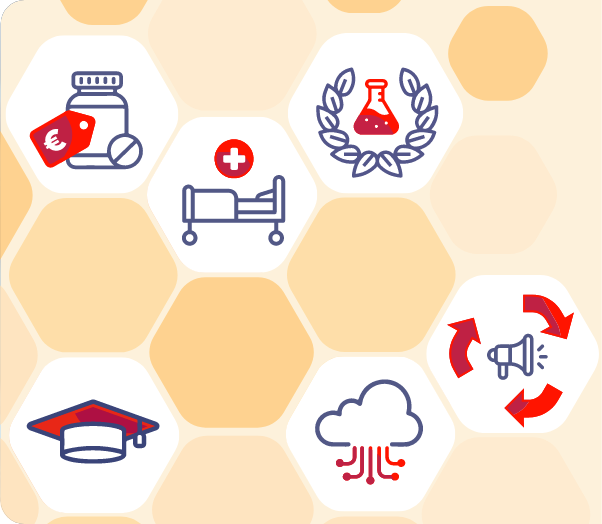The correct interpretation of electrocardiograms (ECGs) is crucial for accurately diagnosing cardiac abnormalities. Current methods, both manual by physicians and computerized, have not achieved the level of accuracy comparable to cardiologists in detecting acute cardiac issues. Leveraging advancements in artificial intelligence and big data, particularly deep neural networks, offers promising avenues to improve ECG interpretation where traditional methods have fallen short. The ECG-Project develops deep learning algorithms to automate ECG interpretation, particularly focusing on areas where current methods are inadequate.
Through this research, we aim to revolutionize ECG interpretation, improving diagnostic accuracy, reducing healthcare resource utilization, and ultimately enhancing patient outcomes.
The Research
The project objectives are:
Origin
This project is funded within the Innovative Medical Devices Initiative (IMDI) program 'Heart for Sustainable Care'. The focus of this program is the development of medical technology for the earlier detection, monitoring, and better treatment of cardiovascular diseases to ensure accessible healthcare and sufficient staffing. The program has been developed and funded by the Dutch Heart Foundation, ZonMw and NWO, who collaborate within the Dutch CardioVascular Alliance.

